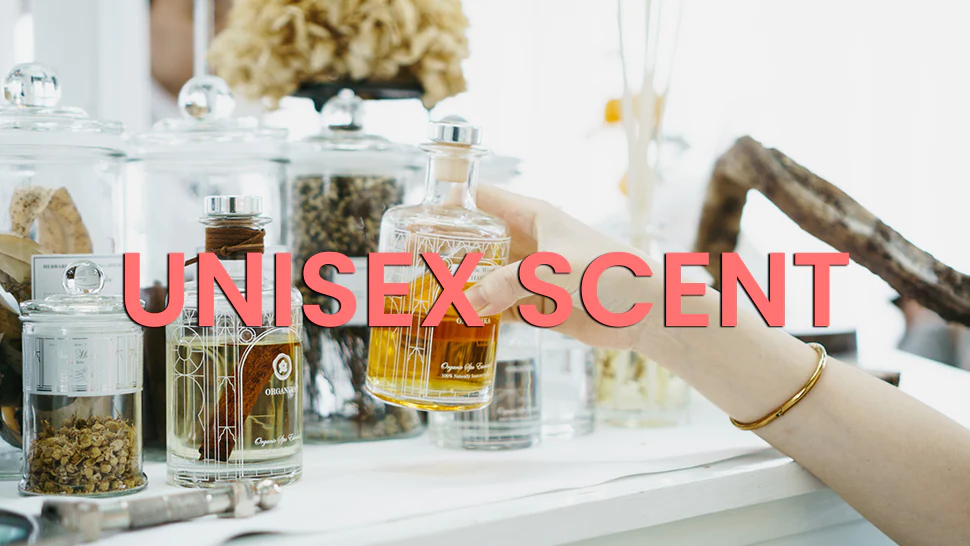HOMEMADE FRAGRANCE: HOW TO FORMULATE YOUR OWN PERFUME WITH ESSENTIAL OILS
- Sophia Ubadinobi-Ebili
- Sep 8, 2022
- 5 min read

Hey fragrance lovers! Did you know there is a list of every ingredient used in fragrance formulation? Care to take a wild guess how many there are on the list? 100?… 1,000?… Try 3,224 as of 2022. Here’s the catch: fragrance houses or companies do not have to disclose which of these 3,224 ingredients was used in their fragrance formulations because they are considered proprietary. If you take a good look at any bottle of hand soap, lotion or cleaning spray, you're most likely going to see the word fragrance on the ingredient list, which means with each application to your skin or spritz in the air, you're exposed to any number of the 3,224 ingredients on The International Fragrance Association's transparency list. I have overtime figured out a way to switch out many of my cleaning products and personal care items that contains unknown fragrance ingredients, or make my own, Another thing I needed to change still, was my perfume and body spray. As I journey in the world of fragrance world, and through continuous research and learning how to make perfume, I have realized making your own signature scent is incredibly easy to do.
First things first, let's take a look at how to make perfume. Let’s discuss the art of combining different essential oils to create your own unique scent. It’s not as simple as taking a few of your favorites oils and adding some drops at random; there’s an actual science to it. Scents are allocated to one of three categories: top notes, middle notes, and base notes. For a perfume to work or smell pleasant, there needs to be the right combination of each of these notes, so let’s break them down.
Do note that the following information can both be used in making perfume or cologne. Simply choose oils that are compatible with the person whom the scent is for.
TOP NOTES IN PERFUME
Examples of top notes include: Orange, bergamot, grapefruit, tangerine, lemon, lime, lemon myrtle, clary sage, spearmint and eucalyptus.
Consider top notes as your introduction to any fragrance, the first impression you get from the scent upon application. While there are always some exceptions, top notes tend to consist of citrus and herbs oils. However, top notes tends to evaporate rather quickly; usually within 30 minutes after application thereby giving way to the heart of the perfume. Top notes should typically comprise of about 30% of your perfume oils.
MIDDLE NOTES IN PERFUME
Examples of middle notes includes: Nutmeg, lavender, coriander, geranium, jasmine, rose, cardamom and ylang ylang.
Middle notes are the heart of the perfume, they make their entrance just as the top notes dissipates. Middle or heart notes are oftentimes made up of floral and spice oils. Middle notes often mask any unpleasant smell that might come from the base notes, as base notes tend to smell better over time. They typically make up about 50% of your oil combination.
BASE NOTES IN PERFUME
Examples of base notes includes: Vetiver, frankincense, cedarwood, sandalwood, vanilla and patchouli.
You have top notes as your first impression and middle notes as the heart of the fragrance, base notes are the depth. They give the scent that edgy finish.
You see how everything is a process and how you have to go through stages?
Base notes are often made up of earthy and woodsy oils, making up the last 20% of your perfume.
OILS TO AVOID IN PERFUME FORMULATION
Examples of hot oils: Clove, oregano, thyme, black pepper, lemon grass, peppermint, wintergreen, cinnamon and cassia.
A note of caution before we dive in. Some essential oils are considered “hot oils” due to their chemical composition. They can cause a burning sensation, irritation, and/or redness. I would not recommend the use of these particular essential oils in perfume making, unless you use only a drop or two in a carrier oil base (not an alcohol base, like vodka).
If you suffer any irritation after use, apply olive oil to the affected area until irritation subsides.
Now, unto the main gist or should I say story? *winks
DIY PERFUME ESSENTIALS
Vodka or Odourless Carrier Oil: This recipes uses Vodka. You can however use an odourless carrier oil (a good one is fractionated coconut oil) in its place.
It is advisable you use a roller ball instead of a spray bottle/can as the mixture will be oily on the skin when applied.
See the lists above for the various essential oil notes suggestion.
Pure Vanilla Extract (Optional)- Can be used as a base note
Small Dropper (Optional)- Best used with Vanilla
Small Funnel
Glass Rolling Ball Bottle or Glass Spray Bottle– For starters, try 10ml roller ball or spray bottles. This allows you to play around with different scent combinations. Once you've figured out your signature scent, you can then go ahead and buy a larger perfume bottle and make a bigger batch.
HOW TO MAKE PERFUME






Comments